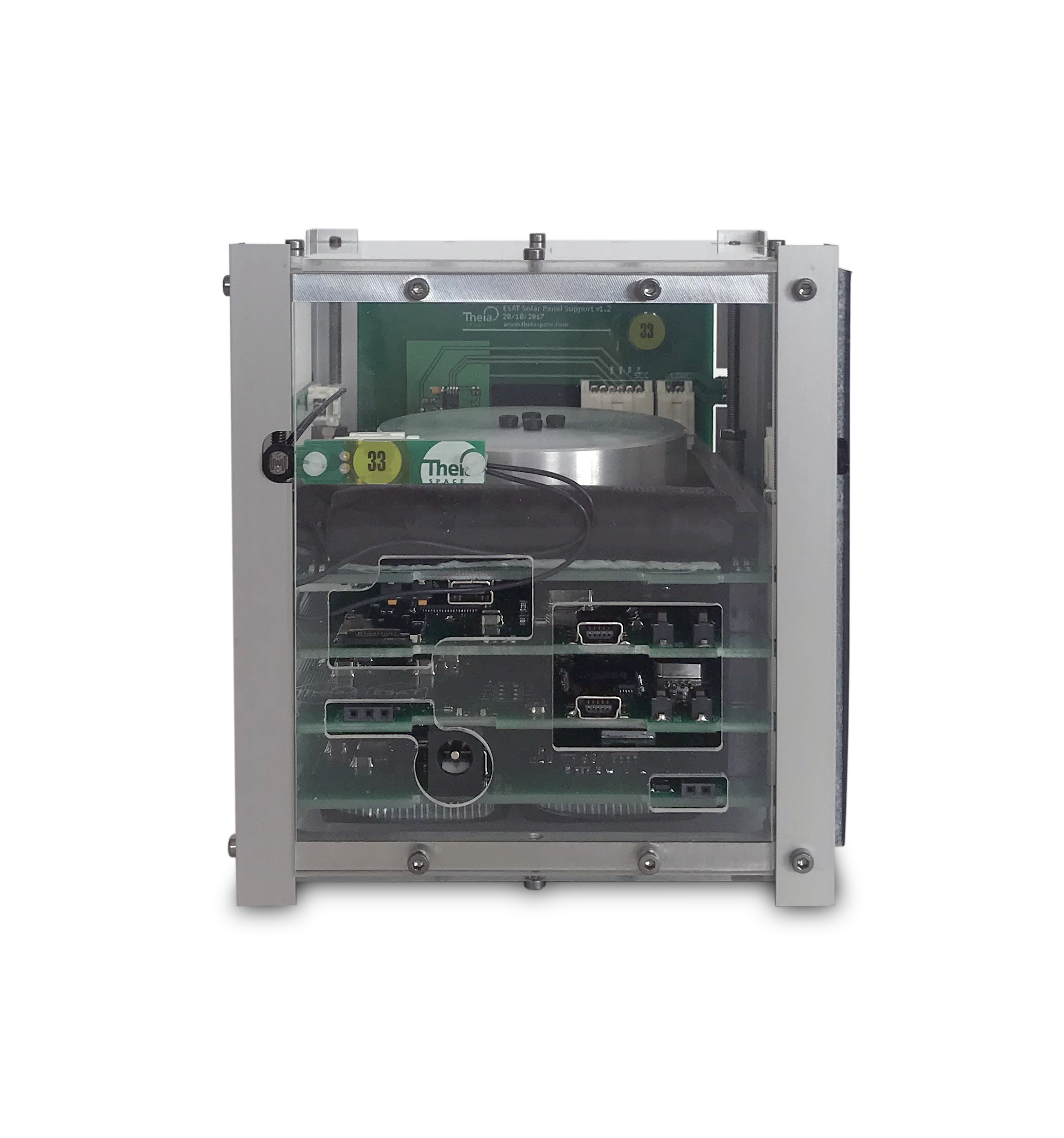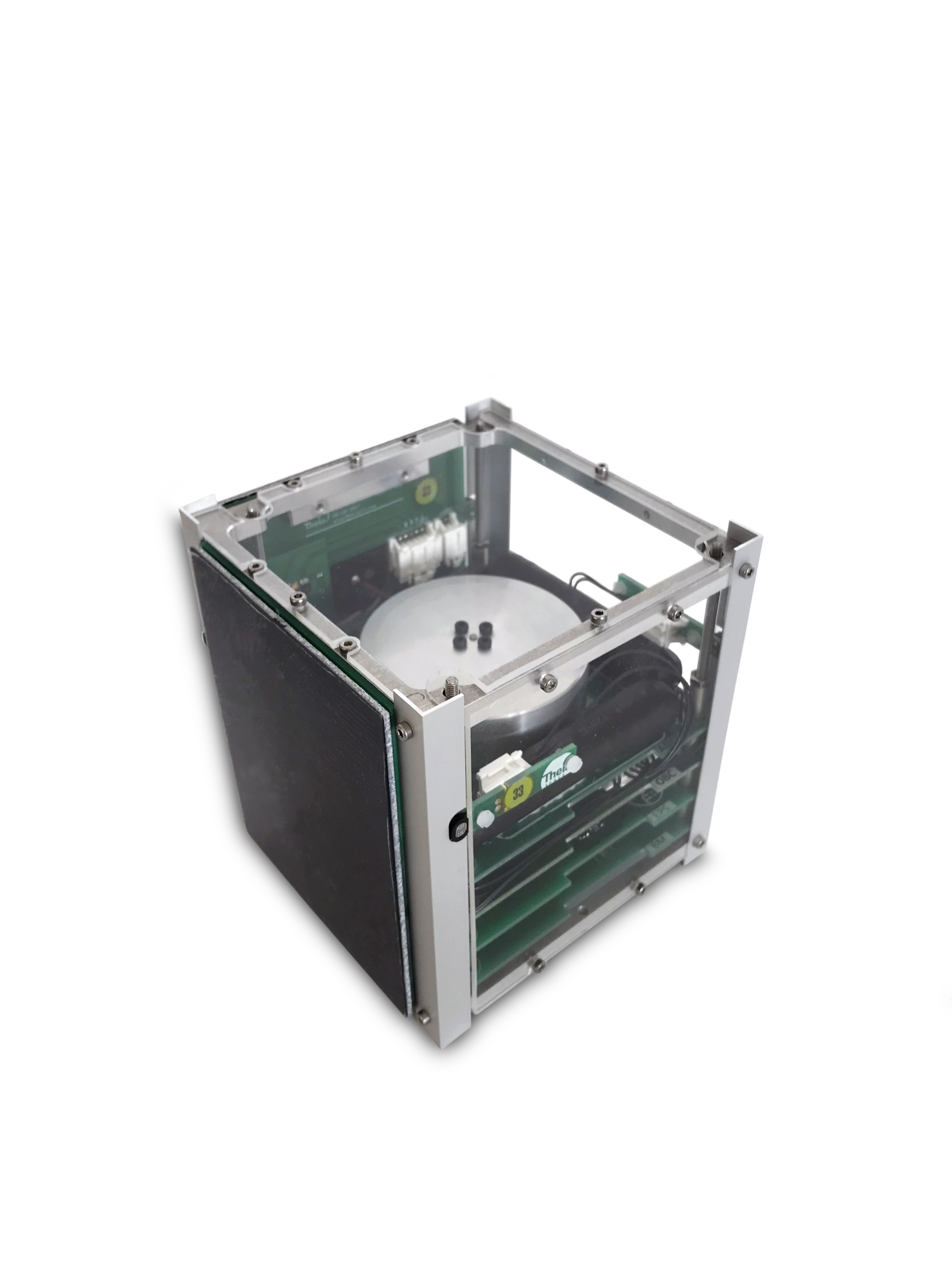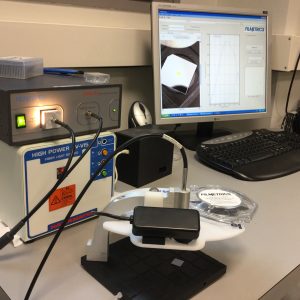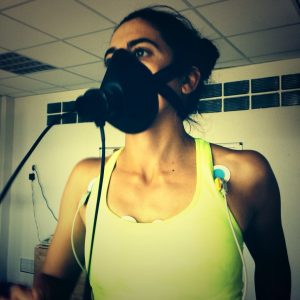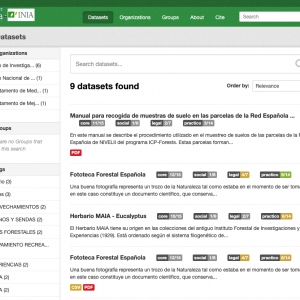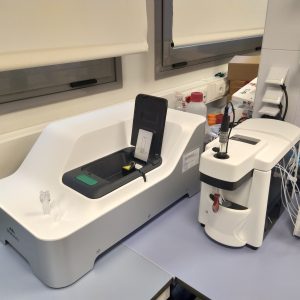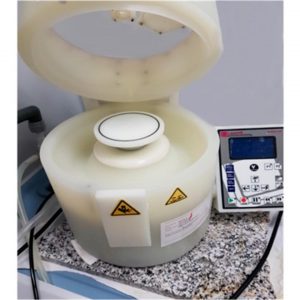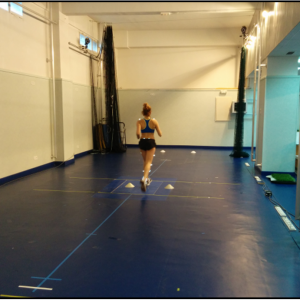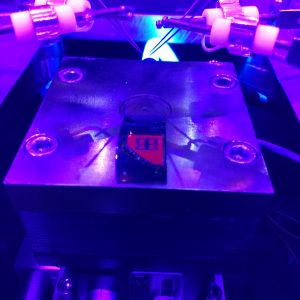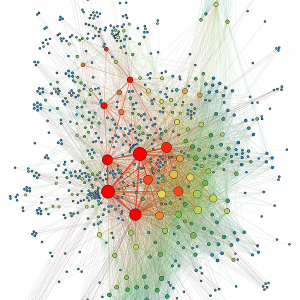Educational Satellite
ESAT
ESAT is an educational satellite that has the aim of becoming the perfect tool for practical training in space engineering at all levels. Potential users range from primary schools, where STEM skills development is pursued, up to university engineering courses and engineering companies. For all of them, the realistic satellite simulator offers a wide variety of educational activities.
ESAT was developed in such a way that allows users to expand it, which facilitates its construction. ESAT users can integrate and test their own developments, whether software or hardware, which enables new ideas to be shared and exchanged and collaboration on new developments. To achieve this aim, sub-system interfaces are provided, along with the ESAT open source code, which was developed using an open code programming environment.
Using ESAT does not only give students the opportunity to experience the real performance of the various sub-systems on a satellite, and the interaction between them, which strengthens their theoretical know-how, but also enables implementation of education based on practice, making the students the centre of the educational process.
Applications
– Teaching: The ESAT is an ideal tool for doing practicals in university and business environments where it is necessary to be familiar with the design and function of a CubeSAT.
– Research: ESAT enables students and developers to design and test prototypes for software and hardware sub-systems easily, in a controlled environment recognised on the ground.
Competitive advantages
– The on-board software is developed in the Arduino environment, with easy integration and personalisation into other examples and programs developed in this environment being possible.
– Both ESAT and its ground-based segment are developed using open, free code, which enables the user to make any modifications and personalisations they wish, or consider suitable.
– The ground support team makes it possible to simulate different conditions in space, such as the freedom of Z-axis rotation, the magnetic field or solar light.
– The use of wireless communications enables huge freedom of movement once mounted on the turntable.
– It is possible to use a topology of multiple ESAT connection to a single server with multiple workstations (clients), with all the devices being controlled and supervised from a single control point.
– Its modular design means that panels can be extracted from the sub-systems and each one can be worked on individually, as well as making any modifications required. Furthermore, the use of 3D printed parts means they can easily and simply be produced and replaced, and subsequently recycled.
Location
E-USOC ( Spanish Operations and User Support Centre ) is a centre at the Universidad Politécnica de Madrid ( UPM ) specialising in Research and Development work ( R&D )in the fields of space science and technology. In the name of the European Space Agency,
[1]
the centre offers the assistance needed to prepare, execute, and post-flight analysis of space experiments relating to the Fluid Sciences Laboratory on board the International Space Station .
E-USOC is the point of contact for teams of Spanish users developing experiments that require a microgravity environment, such as the International Space Station , missions on the space shuttle , and parabolic flights, etc.
Another aim of E-USOC is to provide information and promote activities in the field of space and fluid mechanics sciences, giving technical and operational support to researchers and research groups who want to carry out experiments in microgravity or related space science environments.
The headquarters is on the Montegancedo campus, a technology and research park at the Universidad Politécnica de Madrid (UPM). The building is on the outskirts of the west of Madrid, in the Pozuelo de Alarcón area.


